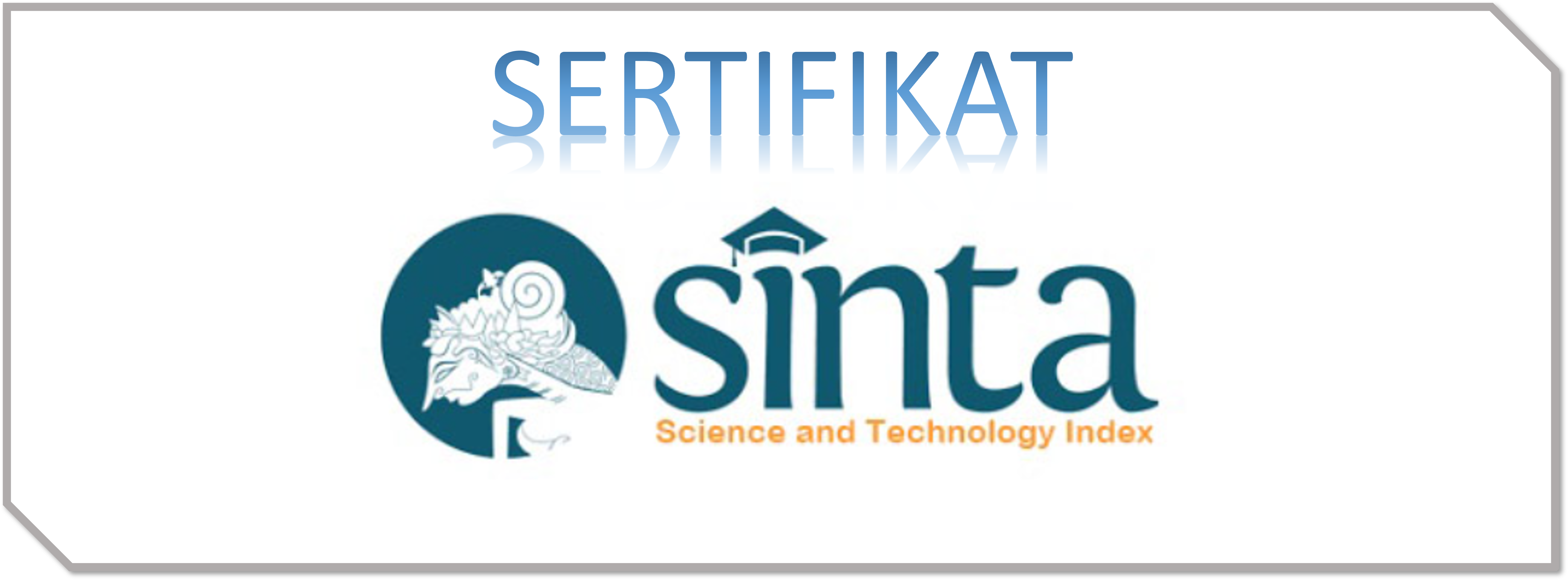DELIRIUM PADA ENSEFALOPATI HEPATIK STADIUM LANJUT DENGAN RIWAYAT PENGGUNAAN METAMFETAMIN: TANTANGAN DIAGNOSTIK DAN TERAPI
DOI:
https://doi.org/10.51878/cendekia.v5i3.6612Keywords:
delirium, ensefalopati hepatik, sirosis, metamfetamin, gangguan penggunaan zat, harmful useAbstract
Delirium is an acute neuropsychiatric condition characterized by disturbances in consciousness, attention, and cognition, which often develops over a short period due to serious medical conditions, including hepatic encephalopathy. Advanced-stage hepatic encephalopathy (stage III–IV) is typically associated with liver cirrhosis and elevated ammonia levels, and may be precipitated by factors such as infection, gastrointestinal bleeding, or psychoactive substance use. We report a case of delirium in a patient with stage III hepatic encephalopathy and a history of methamphetamine use under a harmful use pattern, currently in early remission. The coexistence of systemic metabolic dysfunction due to liver failure and the neurotoxic effects of stimulant abuse complicates the clinical presentation and management. Comprehensive clinical, psychiatric, and toxicological assessment is essential for accurate diagnosis. Management includes supportive therapy for hepatic encephalopathy, addiction-focused psychiatric care, and family education. This case underscores the importance of interdisciplinary collaboration in managing delirium in patients with comorbid substance use disorders, and emphasizes the need for a biopsychosocial approach to long-term recovery planning.
ABSTRAK
Delirium merupakan gangguan neuropsikiatri akut yang ditandai oleh gangguan kesadaran, perhatian, dan kognisi, yang dapat berkembang dalam waktu singkat akibat berbagai kondisi medis serius, termasuk ensefalopati hepatik. Ensefalopati hepatik stadium lanjut (stadium III–IV) sering kali berkaitan dengan sirosis hati dan peningkatan kadar amonia, serta dapat diperberat oleh faktor presipitasi seperti infeksi, perdarahan saluran cerna, dan penggunaan zat adiktif. Kami melaporkan kasus seorang pasien dengan delirium et causa ensefalopati hepatik stadium III yang juga memiliki riwayat penggunaan metamfetamin dengan pola penggunaan yang merugikan (harmful use) dan berada dalam masa remisi awal. Kombinasi antara gangguan metabolik sistemik akibat disfungsi hepatik dan efek neurotoksik dari penggunaan stimulan memperumit perjalanan klinis pasien. Diagnosis memerlukan evaluasi menyeluruh secara klinis, psikiatrik, dan toksikologis. Penanganan melibatkan terapi suportif untuk ensefalopati, pendekatan psikiatri adiksi, serta edukasi keluarga. Laporan kasus ini menunjukkan pentingnya kolaborasi lintas disiplin dalam menghadapi kasus delirium pada pasien dengan komorbiditas gangguan penggunaan zat, serta perlunya pendekatan biopsikososial dalam perencanaan terapi jangka panjang.
Downloads
References
Adam, A., et al. (2023). Experimentation test of cognitive behavioral therapy techniques on recovery motivation for drug addicts. EAS Journal of Psychology and Behavioural Sciences, 5(4), 114-118. https://doi.org/10.36349/easjpbs.2023.v05i04.002
AshaRani, P. V., et al. (2020). Non-pharmacological interventions for methamphetamine use disorder: A systematic review. Drug and Alcohol Dependence, 212, 108060. https://doi.org/10.1016/j.drugalcdep.2020.108060
Boustani, M., et al. (2014). The DSM-5 criteria, level of arousal and delirium diagnosis: Inclusiveness is safer. BMC Medicine, 12(1), 141. https://doi.org/10.1186/s12916-014-0141-2
Chen, T., et al. (2023). Virtual digital psychotherapist app-based treatment in patients with methamphetamine use disorder (Echo-APP): Single-arm pilot feasibility and efficacy study. JMIR mHealth and uHealth, 11, e40373. https://doi.org/10.2196/40373
Denk, A., et al. (2022). Liver diseases as a novel risk factor for delirium in the ICU-delirium and hepatic encephalopathy are two distinct entities. PLoS ONE, 17(11), e0276914. https://doi.org/10.1371/journal.pone.0276914
Desai, A. P., et al. (2023). Confusion assessment method accurately screens for hepatic encephalopathy and predicts short-term mortality in hospitalized patients with cirrhosis. Metabolic Brain Disease, 38(5), 1335-1343. https://doi.org/10.1007/s11011-022-01149-4
Edinoff, A. N., et al. (2022). Methamphetamine use: A narrative review of adverse effects and related toxicities. Health Psychology Research, 10(3), 38161. https://doi.org/10.52965/001C.38161
Fathurrohman, & Bichler, G. (2021). Explaining the positional importance of actors involved in trafficking methamphetamine into Indonesia. Global Crime, 22(2), 133-154. https://doi.org/10.1080/17440572.2020.1819249
Hasin, D. S., et al. (2013). DSM-5 criteria for substance use disorders: Recommendations and rationale. American Journal of Psychiatry, 170(8), 834-851. https://doi.org/10.1176/appi.ajp.2013.12060782
Hayley, A. C., et al. (2017). DSM-5 cannabis use disorder, substance use and DSM-5 specific substance-use disorders: Evaluating comorbidity in a population-based sample. European Neuropsychopharmacology, 27(8), 796-805. https://doi.org/10.1016/j.euroneuro.2017.06.004
López, A., et al. (2021). Therapeutic dilemma: Alcohol withdrawal syndrome and concurrent hepatic encephalopathy. A case report. Revista Colombiana de Psiquiatria, 50(1), 69-72. https://doi.org/10.1016/j.rcp.2019.10.002
Megada, A. A. G. A. S., & Aryani, L. N. A. (2023). Role of cognitive behavior therapy on people with substance abuse in the craving phase. International Journal of Health & Medical Sciences, 6(3), 209-214. https://doi.org/10.21744/ijhms.v6n3.2155
Miller, W. R. (2023). The evolution of motivational interviewing. Behavioural and Cognitive Psychotherapy, 51(6), 469-481. https://doi.org/10.1017/S1352465822000431
Minozzi, S., et al. (2024). Psychosocial interventions for stimulant use disorder. Cochrane Database of Systematic Reviews, 2024(2). https://doi.org/10.1002/14651858.CD011866.pub3
N., T. H., et al. (2020). Characteristics of hospitalized patients screening positive for delirium. The American Journal of Hospice & Palliative Care, 37(2), 142–148. https://doi.org/10.1177/1049909119867046
Oldham, M. A., & Holloway, R. G. (2020). Delirium disorder. Neurology, 95(4), 173–178. https://doi.org/10.1212/WNL.0000000000009949
Rigoni, R., et al. (2019). From opiates to methamphetamine: Building new harm reduction responses in Jakarta, Indonesia. Harm Reduction Journal, 16(1), 72. https://doi.org/10.1186/s12954-019-0341-3
Rolando, E., & Hapsari, R. D. (2024). Penanganan perdagangan narkoba di Indonesia oleh UNODC tahun 2017-2020. Hasanuddin Journal of International Affairs, 4(1), 1-13. https://doi.org/10.31947/hjirs.v4i01.30749
Salimi, S., et al. (2018). Motivational interviewing can facilitate entry to matrix treatment for methamphetamine dependence. Iranian Journal of Psychiatry and Behavioral Sciences, 12(2). https://doi.org/10.5812/ijpbs.63560
Setiaawan, I. B. T., et al. (2020). Peranan Badan Narkotika Nasional (BNN) dalam upaya pencegahan terhadap tindak pidana narkotika. Jurnal Analogi Hukum, 2(3), 361-365. https://doi.org/10.22225/ah.2.3.2517.361-365
Weissenborn, K. (2019). Hepatic encephalopathy: Definition, clinical grading and diagnostic principles. Drugs, 79(S1), 5-9. https://doi.org/10.1007/s40265-018-1018-z
Williams, S., et al. (2021). Deprescribing medications that may increase the risk of hepatic encephalopathy: A qualitative study of patients with cirrhosis and their doctors. United European Gastroenterology Journal, 9(2), 223-231. https://doi.org/10.1177/2050640620975224
Wilson, J. E., et al. (2020). Delirium. Nature Reviews Disease Primers, 6(1), 90. https://doi.org/10.1038/s41572-020-00223-4


















